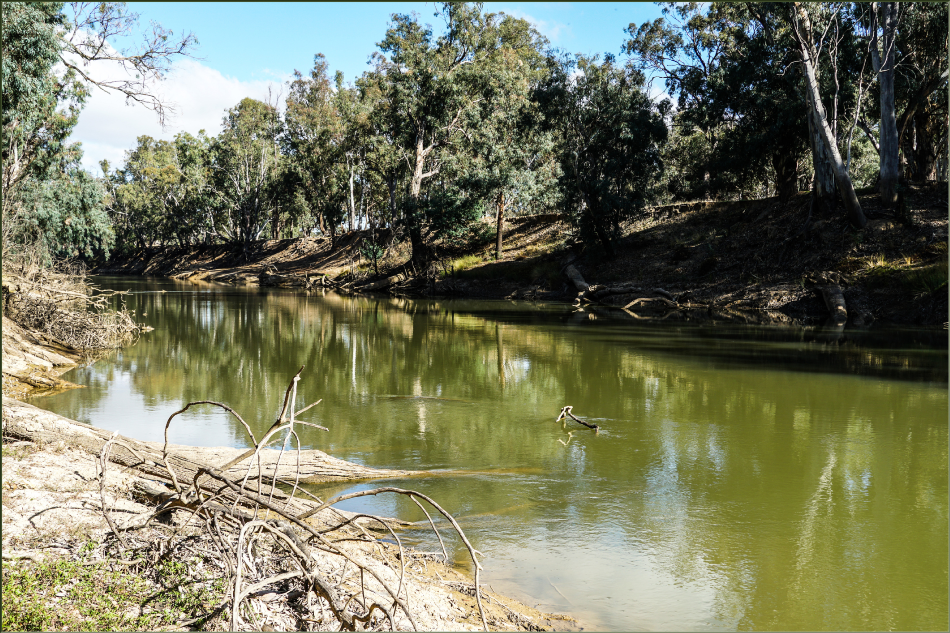Sep 21 2020
Satellites in space and a network of ground-based sensors could be used to monitor the quality of Australia’s inland waterways, reservoirs and coastal environments.

A 12-month scoping study for the new technology is part of a mission under development called AquaWatch Australia.
The AquaWatch Australia mission, being developed by CSIRO, Australia's national science agency and the SmartSat Cooperative Research Centre (CRC) is one of a number of missions - large research initiatives - aimed at solving Australia's greatest challenges.
They are focused on outcomes that lead to positive impact, new jobs and economic growth. In this case ensuring we can maintain and manage water quality - our most important and vital resource.
Natural events such as toxic algal blooms, the contamination of drinking water, and excess runoff from irrigation all present a significant influence on the health of our inland and coastal waters.
Having real-time data about these events and our waterways supports water managers in monitoring and managing water quality.
Data gathered from space provides critical insights about water quality, however, currently available Earth observation satellites only provide 60-70 per cent coverage for major Australian water bodies.
And while the quality of some inland waterways is monitored directly by testing, this data isn't routinely combined with satellite data.
To fill this gap, AquaWatch aims to complement existing systems and build a comprehensive national monitoring system using an extensive network of ground-based sensors placed throughout Australia’s rivers and waterways.
These sensors would work together with purpose-designed Earth observation satellites to deliver real-time updates, predictive analytics and forecast warnings to water managers.
During the initial scoping phase, CSIRO and SmartSat are collaborating with partners from the research sector, government agencies and industry including the University of Queensland, UNSW Canberra, Curtin University, Frontier SI, Water Research Australia and SatDek. Partnerships with international partners will also be explored.
SmartSat CEO Professor Andy Koronios said the AquaWatch scoping phase will include assessing the current range of water quality monitoring programs across Australia, and identifying opportunities to drive efficiencies, advancements and adoption of new space technology to safeguard our water resources.
"As well as monitoring the health of our inland rivers, dams and waterways, the project aims to grow the industry and create new job opportunities across the environmental data services sector, primary industry and agriculture and support drought resilience efforts," Professor Koronios said.
"We think the project has great potential to deliver two-fold benefits of improving water quality management as well as creating new skills and job opportunities in Australia across a range of industries.
"AquaWatch is a cornerstone of SmartSat's research portfolio, which focuses on developing technologies to help solve some of Australia's biggest challenges."
CSIRO's Centre for Earth Observation Director Dr Alex Held said this early phase consultation will engage with collaborators from across industry, research and government.
"We want to work directly with water agencies, community leaders and industry to better understand the challenges faced in water health monitoring," Dr Held said.
"Working with our project partners we will analyse the core elements required to establish an integrated space infrastructure network and create the domestic technical capability to build it.
"This will help inform the development of future local advanced manufacturing opportunities, water modelling and Earth observation data analysis and applications.
"The outcomes could lead to a step-change in Australia's national water quality information delivery, supporting decision makers in water agencies, local communities, water utilities and commercial water users to provide safe drinking water and manage this precious natural resource."
AquaWatch also has potential to monitor coastal wetlands, aquaculture farms, riparian vegetation and terrestrial biodiversity, mine sites, mangroves and coral reef environments.
At the conclusion of the initial AquaWatch scoping phase, CSIRO and SmartSat expect to have a framework for future development of the mission.
For more information: